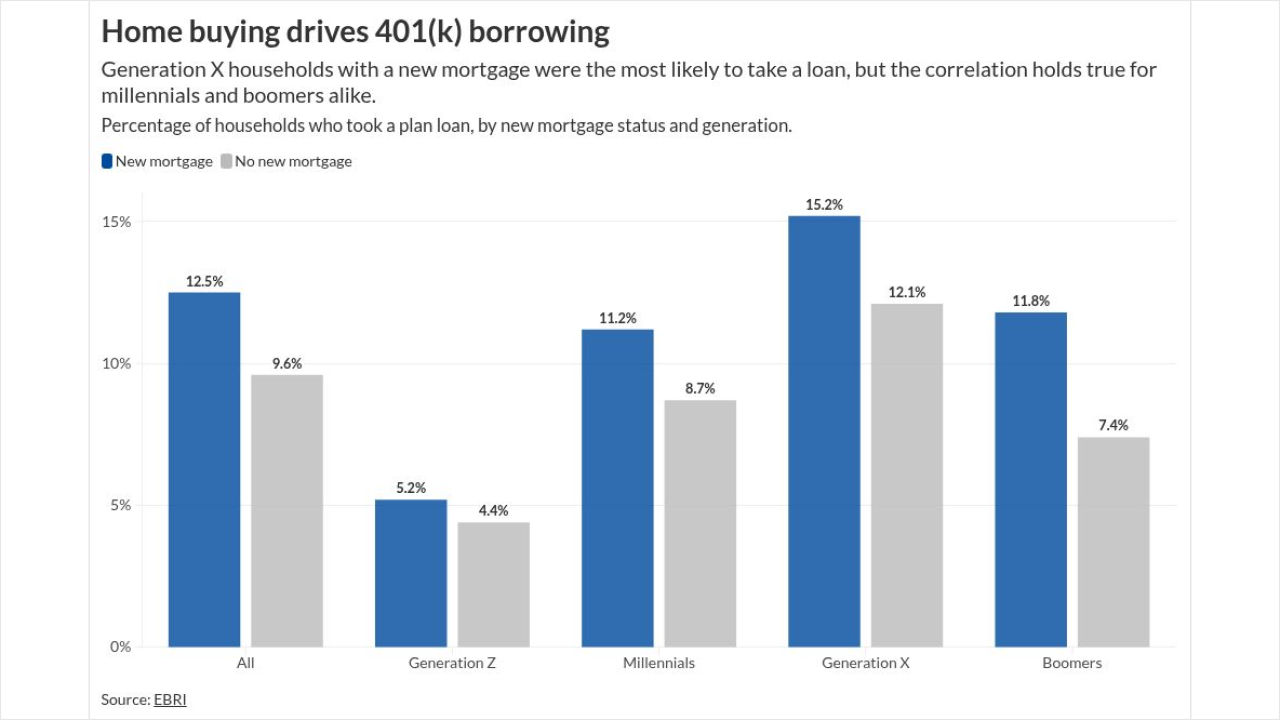
7 Roadblocks to Early Retirement
Only 20 years ago, more than half of all American workers said they were on track to retire before they reached the age of 65. Today, only about 23% of Americans say they’ll be able to retire by that age.
But for those investors – and the financial planners they rely upon – who still plan to retire early – maybe in their 50s or early 60s – here’s an interactive slide show featuring seven of the largest obstacles standing in their way.
Source: RetirementEgg.com

1. Not Saving Enough, Early Enough<br><br>
Adding cash to your retirement account as early as possible during your working lifetime is the single most important factor when saving for retirement. For example, a 25-year old who funds a traditional IRA with $5,000 in 2011 (the maximum amount allowed) that earns 5% annually for 40 years will have almost $635,000 at age 65. If the account averages 10% a year, the total will be over $2,434,000.

2. Ignoring Free Money<br><br>
The amount of money earned and contributed each year will of course change, but for illustrative purposes, assume $6,000 is saved and matched each year for 30 years. At 5%, $12,000 per year ($360,000) becomes over $837,000 in 30 years. At 10%, that same $12,000 per month would be worth over $2,171,300.
While employer contributions can be a nice boost to your retirement savings, this strategy alone isn't sufficient to build a comfortable retirement nest egg.

3. Failing to Diversify<br><br>
Diversification spreads risk. If one industry or sector suffers a loss (and it surely will during your working lifetime) another may gain. For example, if stocks in the consumer sectors are down, stocks in the technology sectors might be up. Further, owning bonds provides additional diversification. Stocks and bonds often move in direct opposition to each other. When stocks are down, investors buy bonds. This is called the "flight to safety."

4. Starting to Plan Too Late<br><br>
However, even with generous employer match and compounding, most people need more than just a 401(k) to comfortably retire.
If you're over 50, add the $1,000 "catch up" contribution to your retirement savings plan. If you need to, open up a new account. Take a look at how assets are allocated and talk to a financial advisor about risk and reward.

5. Underestimating the Effects of Inflation<br><br>
If the annual rate of inflation is 3% but your salary rises 5% each year, that's ok. But if you're retired and on a fixed income, you need to make sure that your investments earn more than the rate of inflation. Otherwise, you're at risk of running out of money because goods and services will cost more than you're earning.
Two common solutions to the inflation problem are gold and real estate. Both of these assets usually rise in value as the dollar weakens. Retirees with fixed mortgages actually benefit from inflation because the value of their house grows while monthly payments remain the same.

6. Underestimating the Need and Cost of Health Care<br><br>
Current estimates project that the Medicare trust fund will become insolvent in 2017. Considering that almost 15% of the population of the United States will be age 65 or older in 2017, and 20% of the population in 25 years, it's clear that we need to save even more for health care in retirement.






